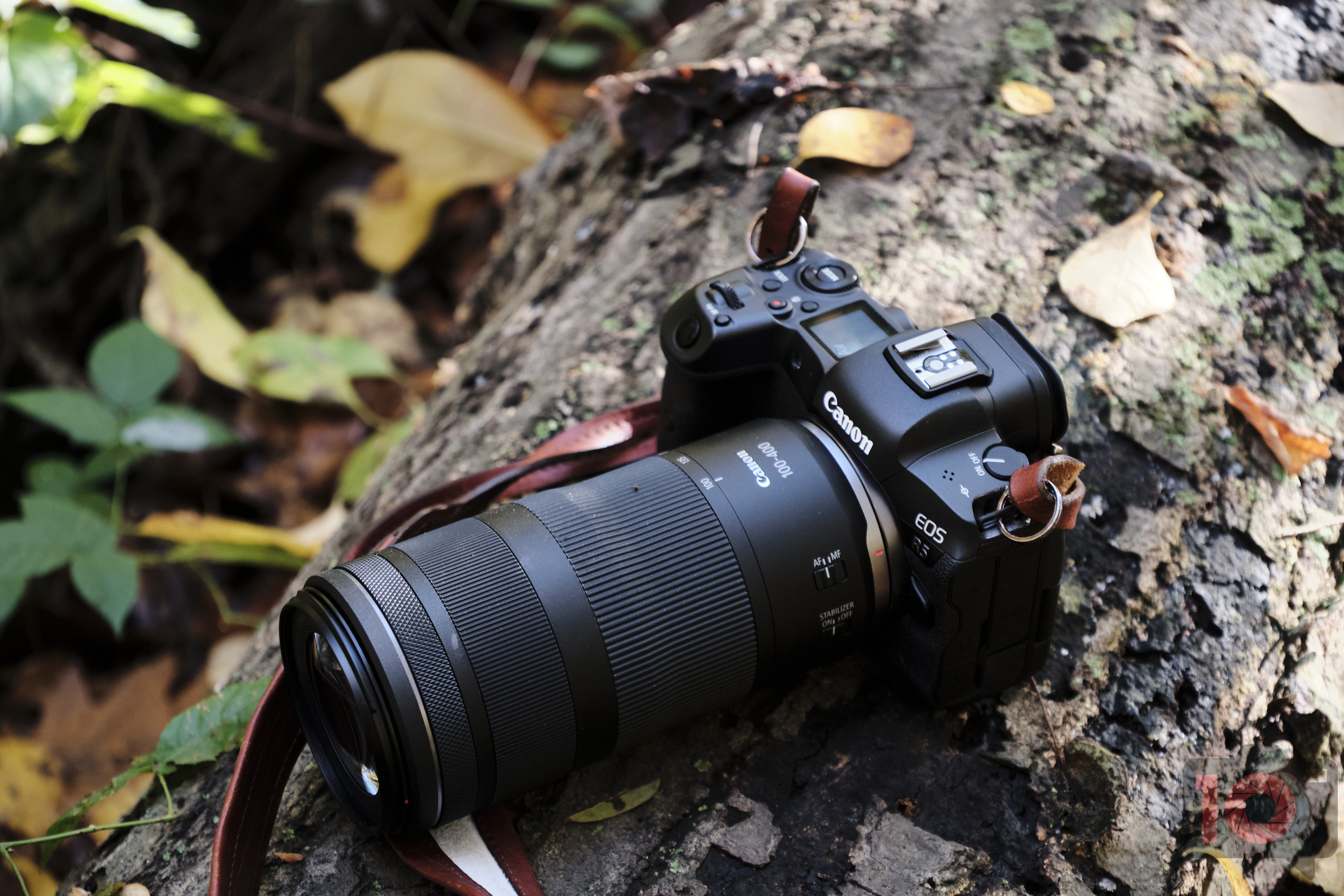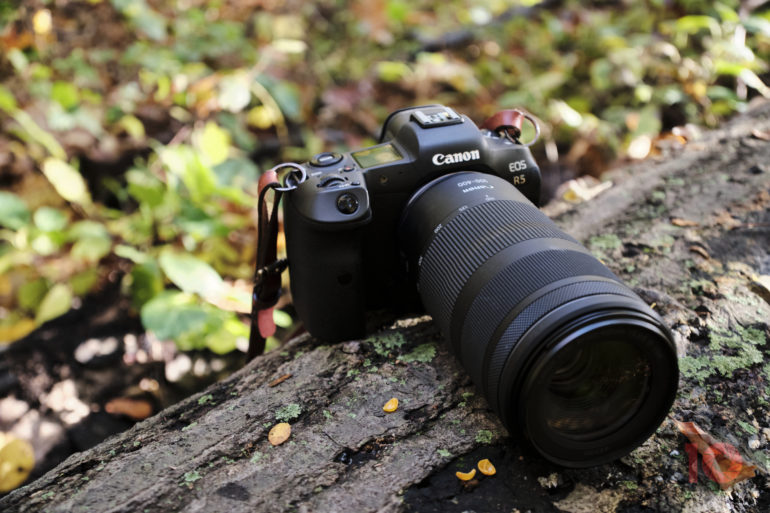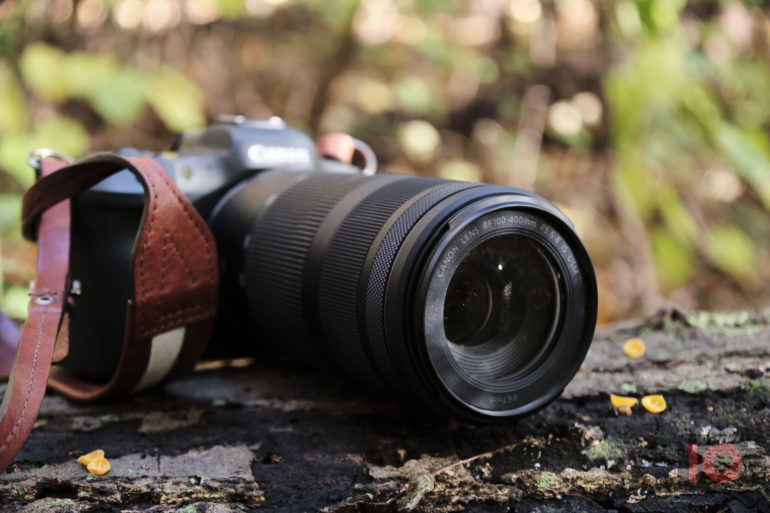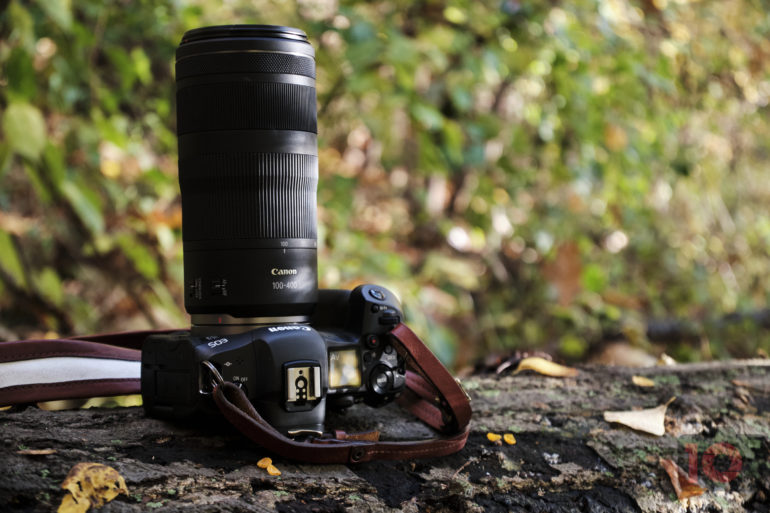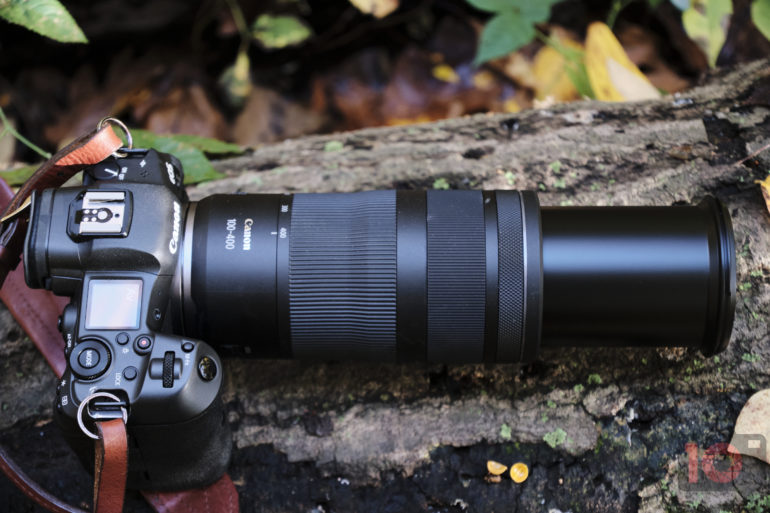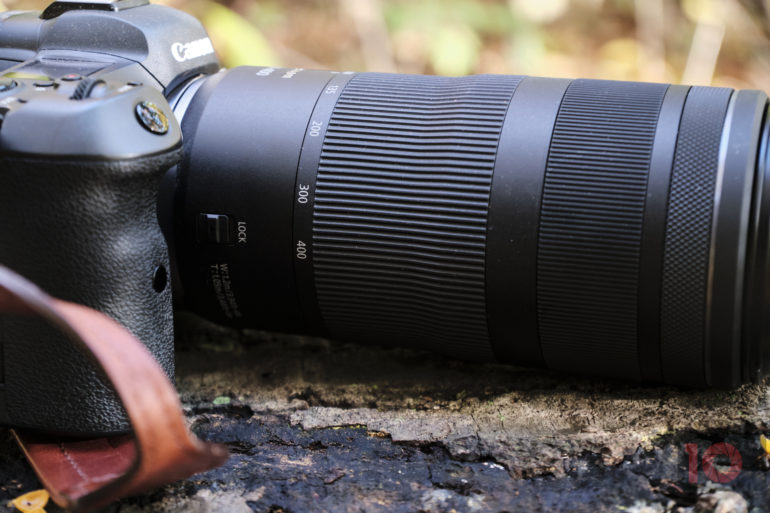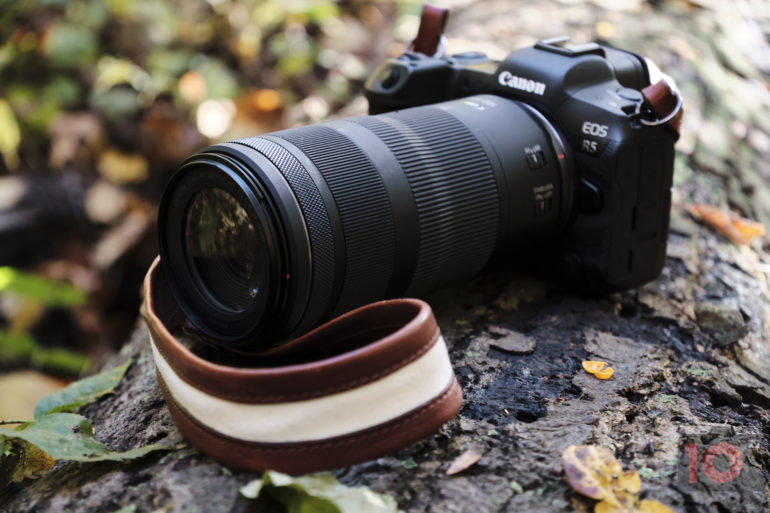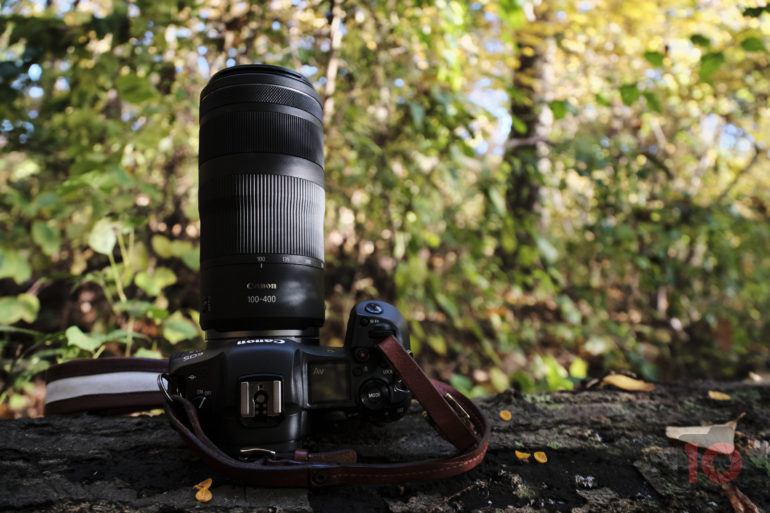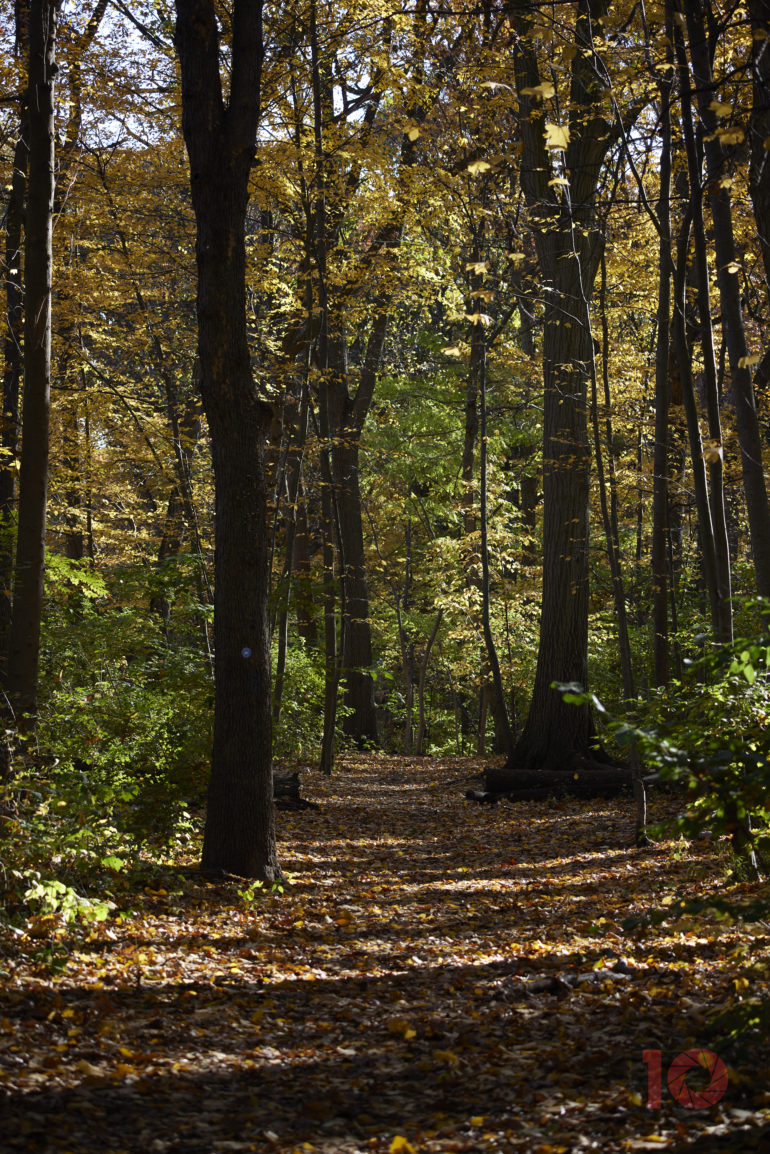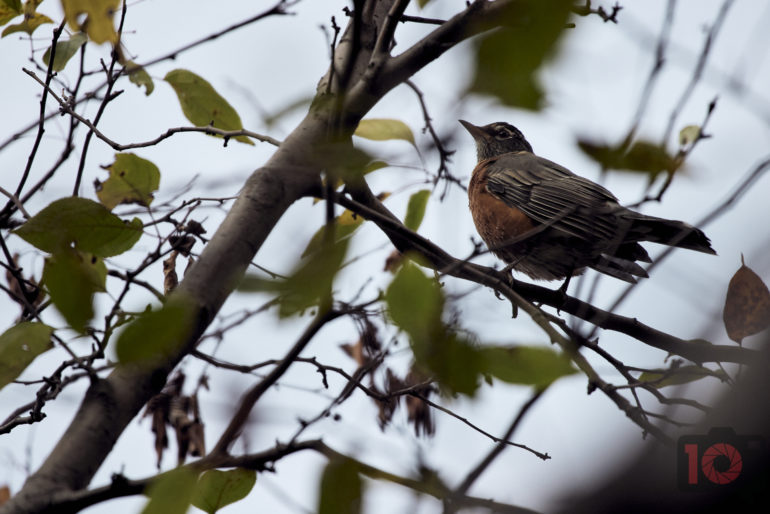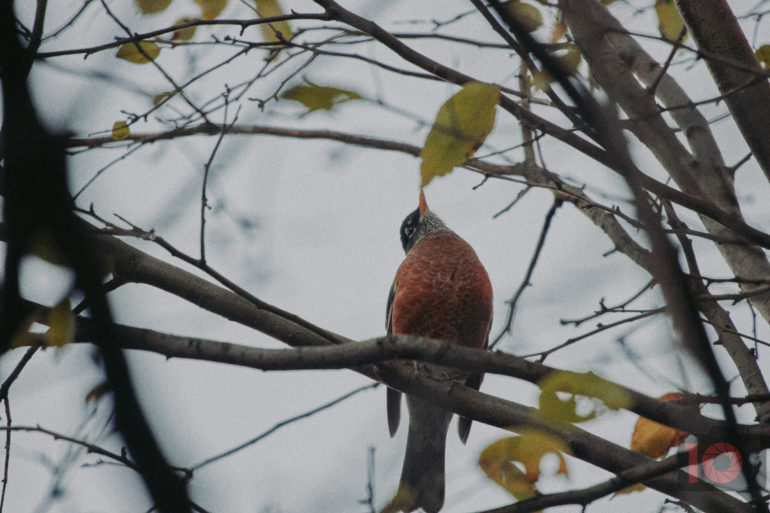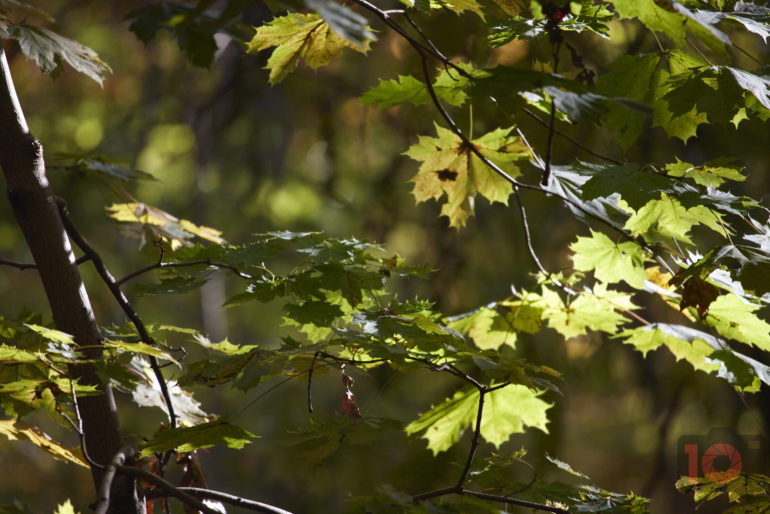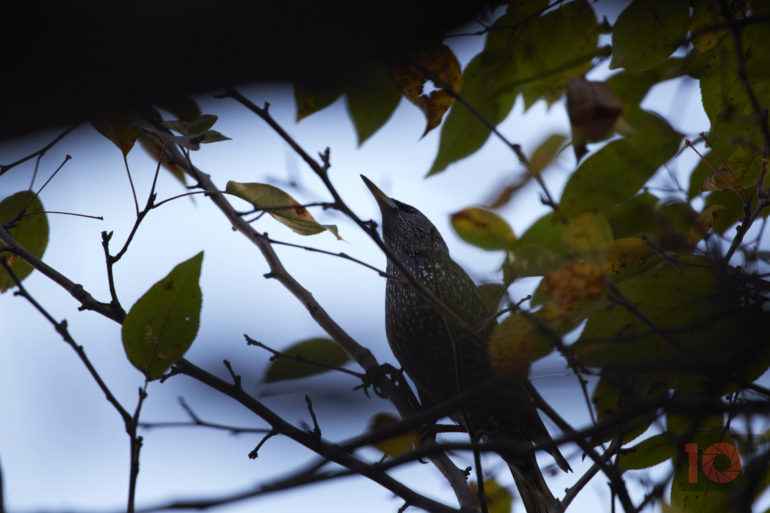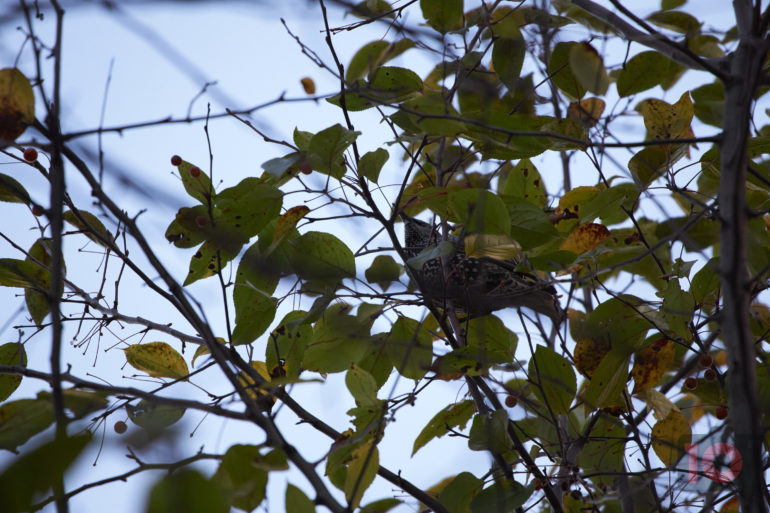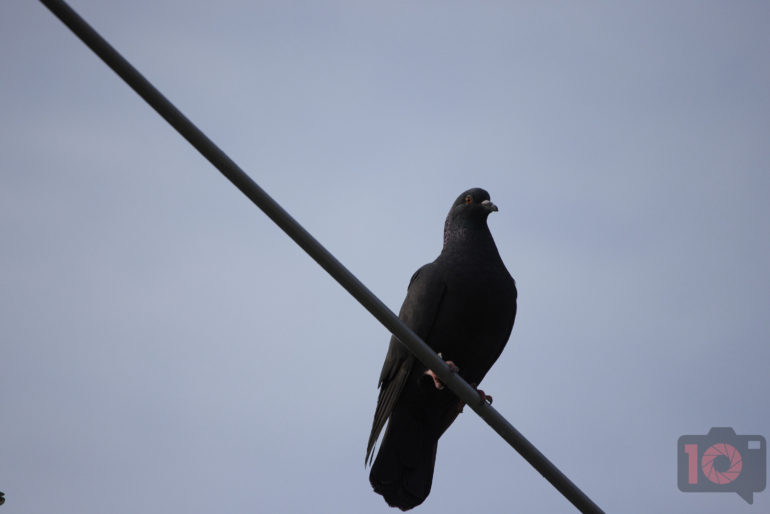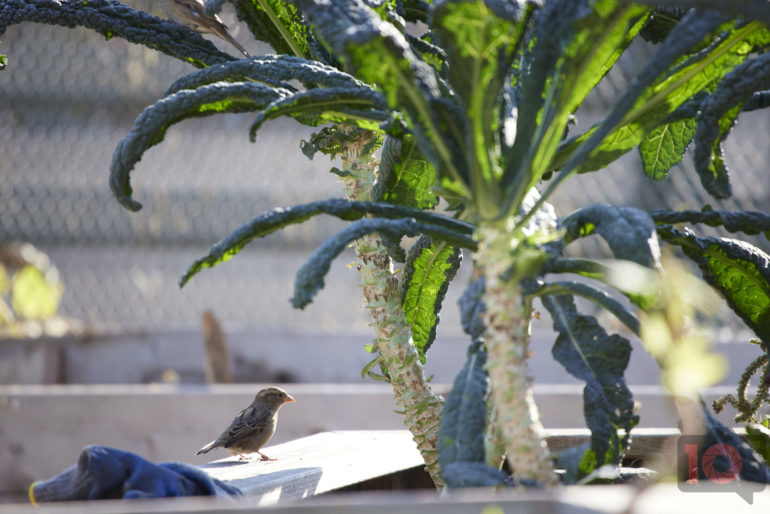If there is anything in this world that make me scratch my head, it’s Canon’s RF lenses that aren’t in their L series. With that said, the Canon RF 100-400mm f5.6-8 IS USM is an okay lens that could’ve been more. Granted, it’s also only $649. And for that price point, it’s offering a whole lot to photographers. At the same time, you’re probably going to find it both frustrating and liberating. However, if you’ve used the Canon RF 100-500mm L lens, you won’t want to go back.
You can view this article and much more with minimal ads in our brand new app for iOS, iPadOS, and Android.
Table of Contents
Too Long, Didn’t Read
The Canon RF 100-400mm f5.6-8 IS USM is a good lens. But it will be a much more solid performer on any camera body that has built-in bird and animal detection. Those camera bodies tend to have weather sealing. However, this lens doesn’t. Still, it’s incredibly lightweight and only $649.
Pros and Cons
Pros
- Nice image quality!
- Fast autofocus
- Lightweight
- Really affordable
- Image stabilization is very good and noticeable for sure. You can shoot an extra stop slower on the Canon EOS R5 than you can on the Canon EOS R.
Cons
- The smarts and subject recognition is nowhere as good as it is with the 100-500mm RF L lens.
- Come on, Canon, no weather sealing? You have to stop reserving that feature for just your L-series lenses.
- Frustrating to use on the Canon EOS R if you’re photographing birds or animals.
Gear Used
We tested the Canon RF 100-400mm f5.6-8 IS USM with the:
Tech Specs
Specs taken from the Lensrentals listing.
| Aperture Blades |
9, Rounded |
| Aspherical Elements |
1 |
| Autofocus |
Autofocus |
| Brand |
Canon |
| Compatibility |
Full Frame |
| Diameter |
3.1″ |
| Extra Low-Dispersion Elements |
1 |
| Filter Size |
67.0mm |
| Focal Length |
100.0-400.0 |
| Groups/Elements |
9/12 |
| Hood Included |
No |
| Image Stabilization |
Yes |
| Item Type |
Lens |
| Length |
6.5″ |
| Lens Type |
Telephoto |
| Max Aperture |
5.6 |
| Maximum Magnification |
0.41x |
| Mfr. Model Number |
5050C002 |
| Minimum Aperture |
22.0 |
| Minimum Focusing Distance |
2.9feet |
| Mount |
Canon RF |
| Weight |
1.4 lbs. |
Innovations
The Canon RF 100-400mm f5.6-8 IS USM isn’t an innovative lens. If anything, it’s really overshadowed by the Canon RF 100-500mm. Other brands have lenses just like this and those lenses do more. But Canon’s is incredibly affordable, and to make it affordable they removed the weather resistance. Arguably, I also think it doesn’t work as intelligently with Canon’s system as the 100-500mm lens does.
Ergonomics
The front of the Canon RF 100-400mm f5.6-8 IS USM has a 67mm filter thread. So overall, it’s not that large. It’s far smaller than the L-variant. And of course, it’s all black too!
This lens has three rings: focus, zoom, and programmable. On the EOS R, I’d set the programmable ring to aperture control in manual shooting modes. Otherwise, on the EOs R5, everything can be done through the camera.
Zoomed all the way in, this lens gets larger. And luckily, there’s a switch that keeps it compact when it’s in your camera bag. And no, we didn’t get a lens hood with this lens when it came in for review.
Here’s a quick look at that locking section. It only works when the lens is fully collapsed.
Just near the mount, you can spot the AF/M switch as well as the image stabilization switch.
Build Quality
The Canon RF 100-400mm f5.6-8 IS USM, unfortunately, lacks weather sealing. So right off the bat, you’re not going to take this thing into inclement weather. And I’d also be careful about taking it on hikes in really dusty areas.
But what can’t be denied is how lightweight this lens is. It feels good in the hand for sure. If you’ve used Canon’s L lenses, they’re much better built, but they’re far heavier. If you want a featherweight lens, this is the one to get.
Ease of Use
By all means, this is a standard lens. There’s a zoom ring, focusing ring, programmable ring, AF/MF switch, and an image stabilization switch. Otherwise, you attach it to the camera, point, focus, and shoot! It’s pretty standard. But how the ease of use plays out varies based on the camera you’re using.
I’m writing this review in late November 2021. Canon is currently pitching the EOS R as a budget camera. And if you use the Canon RF 100-400mm f5.6-8 IS USM with the EOS R for stuff like birding or wildlife, get ready. It’s going to get annoying! You’ll need to physically select the autofocus point, and even then the system might not always grab the focus. If you’re photographing a bird through trees, the Canon EOS R might think you want to focus on leaves instead. This is because the EOS R doesn’t have animal or bird AF built-in. If it did, this would be a marvel of a camera. And indeed, this is the combo that would make the most sense.
What’s more, the EOS R doesn’t have a joystick. If you’re photographing people or landscapes, this lens is fine. The EOS R is also just fine for those subjects. But I wouldn’t buy the Canon RF 100-400mm f5.6-8 IS USM for photographing people; I’d buy it to shoot my nephew playing sports or to photograph birds. But even then, I’d probably shell out more for the Canon RF 100-500mm and grumble about the weight.
Canon shooters for years though have bought cheaper cameras and more expensive lenses until they could afford the more expensive cameras. Oddly enough, the Canon RF 100-400mm f5.6-8 IS USM does well on the Canon EOS R5. It acquires and locks on to the focus in a scene as necessary. It also provides around one full stop extra of image stabilization. However, I wouldn’t buy a high-end camera and put a cheap lens on it, at least not with Canon. That’s better and more feasible with Sony, Nikon, Leica, and Panasonic because they offer affordable weather-sealed options. But this lens isn’t weather sealed, and that’s a tad frustrating.
Of course, there’s also the f8 aperture at the longer end. Just crank up the ISO. Ideally, the EOS R6 might be the best camera to use with this lens.
Autofocus
Here’s where things become really, really weird. On the Canon EOS R5, I didn’t think that the Canon RF 100-400mm f5.6-8 IS USM really utilized all the smarts the camera has. When I reviewed the 100-500mm L lens, it could find the eye on a bird while they were super far away and very tiny in the scene. But with the Canon RF 100-400mm f5.6-8 IS USM, that’s not the case. Can it find birds? Sure it can. Can it do it as well as the L-lens? Not at all. I guess this might be Canon’s way of making it stand out. Otherwise, the lens is super fast to focus and we can’t complain in that department.
Alternatively, on the Canon EOS R, this lens is still fast to focus but not so great at tracking. Again, this is because of the Canon EOS R being what it is. If you’re photographing birds and animals, you’re going to have a very tough time. For the best results, you should use the autofocus area expansion. If you’re photographing people, there’s no trouble. Again, trees can make things complicated when photographing animals and birds.
Overall, the Canon RF 100-400mm f5.6-8 IS USM is capable of doing some great things. But it all depends on the camera. Even so, the performance between it and its pricier L-variants is clear. Even if you’re using Servo autofocus and choosing a focusing profile, the L-lens is much better.
Image Quality
The Canon RF 100-400mm f5.6-8 IS USM is an excellent lens when it comes to image quality. It’s easy for anyone to be satisfied with the image quality for sure. This lens has nice bokeh, no major issues with traditional lens flaws, and sharpness throughout the range. At the same time, I didn’t think it had any sort of lens character, but it didn’t feel as soulless as competing lenses.
Bokeh
The Canon RF 100-400mm f5.6-8 IS USM has nine aperture blades. And the bokeh is very creamy. Coupled with the sharpness and good lighting, you can use the bokeh to make your subject really pop from the scene. All this despite being an f8 lens at the longer end. If you manage to get a bird in focus, you’ll really enjoy what this lens can do.
Color Rendition
The colors from this lens are good. They’re not spectacular, and they’re nothing like what I’ve felt I’ve gotten with L-lenses. So you may be doing more in post-production or in-camera with white balance to get the colors to a more pleasing spot.
Lens Character
Overall, I couldn’t find anything that bothered me as far as traditional lens flaws. Chroma issues, distortion, and fringing all were controlled well enough. To that end, the images from this lens totally don’t feel L-lens quality.
Sharpness
Typically, we test sharpness by using a flash in a scene. But it’s nonsensical here. Is the Canon RF 100-400mm f5.6-8 IS USM a sharp lens? You bet it is! We’re able to see lots of details with the Canon EOS R5 and the Canon EOS R both.
Extra Image Samples
From day one, the Phoblographer has been huge on transparency with our audience. Nothing from this review is sponsored. Further, lots of folks will post reviews and show lots of editing in the photos. The problem then becomes that anyone and everyone can do the same thing. You’re not showing what the lens can do. So we have a whole section in our Extra Image Samples area to show off edited and unedited photos. From this, you can make a decision for yourself.
Edited
Unedited
Conclusions
Likes
- Lightweight
- Image quality
- Cost
Dislikes
- Doesn’t seem to act as intelligently with older cameras
- Not weather sealed
The Canon RF 100-400mm f5.6-8 IS USM is a very capable lens on the right camera. At the same time, if I bought a higher-end Canon camera, I don’t think I’d buy the Canon RF 100-400mm f5.6-8 IS USM. I’d feel it’s a waste. Why would I shell out so much money for a weather sealed camera and not care any bit about the lens being sealed? That’s just odd. All of Canon’s RF cameras have weather sealing as of this moment. And the more affordable ones can’t use the features that you’d need with a lens like this. So again, it’s in a very weird place.
The Canon RF 100-400mm f5.6-8 IS USM receives three out of five stars. Want one? Check them out on Amazon.


